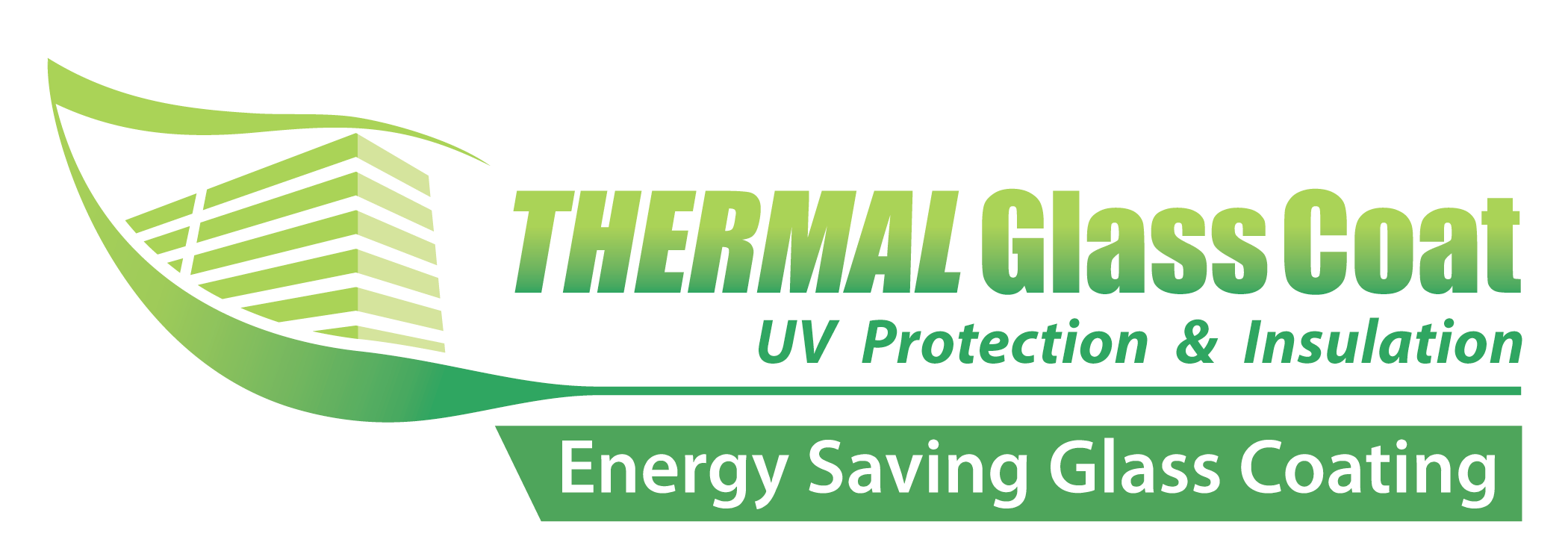
Is Your Home EV-Ready? Key Steps to Consider
As electric vehicles (EVs) become increasingly popular, many homeowners are exploring the option of installing an EV charging station at home. However, before diving into this eco-friendly upgrade, it’s crucial to assess whether your house is thinline-tuned for electric vehicle readiness. Here are three foundational steps to check if your home is prepared for an EV charging installation.
Understanding EV Charger Types
The first step involves familiarizing yourself with the different types of EV chargers: Level 1 and Level 2. Most EVs come with a Level 1 charger, which uses a standard 120V outlet. While this allowing immediate charging access, it's often too slow for everyday use—it may take over 24 hours to charge a depleted battery fully. As a result, many prefer Level 2 chargers, which require a dedicated circuit but significantly reduce charging time, improving convenience for daily commuters.
Assessing Your Home's Layout
The second step is to examine your home’s layout. The installation of a Level 2 charger benefits from being within close proximity to a power source. Evaluate where you park your car — do you have a garage or a driveway? If relying solely on street parking, the potential expenses may rise as additional wiring might be needed. Furthermore, ensure your vehicle can park within the charger’s cord length, typically around 25 feet. If these conditions align, upgrading will be a smoother experience.
Evaluating Electrical Load Capacity
Finally, consider your home’s electrical load capacity. A Level 2 charger might require a significant amount of electricity, so ensure your home’s wiring can accommodate this upgrade. Consult with a licensed electrician to gauge if your current setup can support the extra load, as you don't want to overload the system when powering your daily appliances alongside your vehicle.
By understanding the distinctions between charger types, evaluating your home’s layout, and assessing electrical load capacity, you can make informed decisions about installing an EV charger. With federal incentives now available due to the Inflation Reduction Act, transitioning to electric vehicle ownership is more feasible than ever. If you're deliberating on investing in home electrification upgrades, these preliminary steps serve as a crucial start in your journey to becoming EV-ready.
 Add Row
Add Row  Add Element
Add Element 



Write A Comment